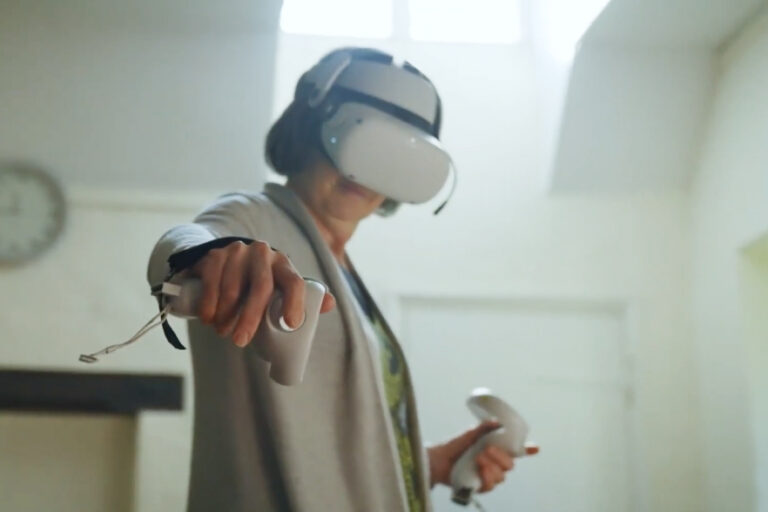
COVID-19 has had a devastating effect on lives, economies and our day-to-day stability. But perhaps one bright spot has been a renewed appreciation for the importance of the life sciences sector, which itself has been significantly boosted in terms of capacity, investment and innovation.
The global race to develop a COVID-19 vaccine is perhaps the best example of this. With new vaccine R&D, testing, regulatory approval and distribution generally taking upwards of 10 years, a concerted global effort brought this down to less than a year for COVID-19.
But less immediate healthcare benefits have also been accelerated. For example, investment in the industry through 2020 was robust amid the context of outflows in other industries. Meanwhile, the pandemic has helped shift our attitude towards healthcare from a reactive to a proactive one – opening up the potential of regular check-ups: “human MOTs” we could perhaps say.
While the option has always been available to us, prior to the pandemic, people would seldom get a health check for the sake of a health check. A trip to the GP would usually only be triggered by our bodies alerting us to something wrong, with the drawn out nature of GP visits – the travel, the delays, the time off work to facilitate an appointment – only serving to entrench this attitude. The problem with such an approach is that later diagnosis causes problems further down the line, and lets easily treatable issues evolve into serious problems. This is of course serious for the individual, but widespread underdiagnosis has economic impacts, too.
COVID-19 testing has forced a change in this regard. We are reminded to be constantly aware of any symptoms, and widespread testing has proven to be extremely useful in tracking infection rates and patterns. While widespread testing has been introduced to address an immediate crisis, the idea of fast and cost-effective tests is one that will likely outlast the virus. Now that technology is at a stage where mass testing for numerous diseases – including sexually transmitted and flu-related – is available, our attitudes towards them will change too.
What does pre-emptive testing look like in practice?
In order for diagnostics to be integrated into our everyday lives, the key elements required are effectiveness, convenience and affordability. As much as huge labs are capable of handling hundreds of thousands of tests, a more accurate picture for the future of effective diagnostics looks more like an easily set up, smaller scale and largely robotic PCR-focused lab.
At Salient Bio tests (currently for COVID-19, though with broader applications in the near future) are conducted via a mostly automated set of modular machines. After prepping delivered samples, 3D-printed hardware will standardise each sample for the next stages in the process. The next step involves robots’ liquid handling of the samples serving the purpose of extracting RNA ready for polymerase chain reaction (PCR) testing. The final part of the process is running a thermocycling PCR analysis to establish the accurate results – which can then be sent to the client.
The nature of the PCR test ensures an over 99% accuracy rate, meanwhile the fact that all stages are conducted in separately operated machines means that more batches can be processed in a faster time, while the client receives same day results.
The versatility of such labs means that they can be both set up without the infrastructure of huge medical facilities or warehouses, and machinery can be quickly adapted to diagnose different diseases or examine different types of samples. These factors are useful should another national medical emergency present itself, or for deployment in developing countries. They also make the idea of human MOTs more feasible as they can serve a community quickly, rather than a huge lab potentially being disrupted with supply chain issues and delays given the scale of their diagnostic workflow.
While testing has dominated headlines in the age of COVID-19 for its vital role in managing the virus, its broader aim can be the longer term objective of diagnosing more familiar diseases earlier, leading to improved outcomes for the patient and reducing the stress on healthcare systems. At the very least, it can give patients peace of mind in a world where a pandemic has prompted us to re-evaluate, and not take for granted, our health.

Marta Ciechońska, co-founder of Salient Bio



